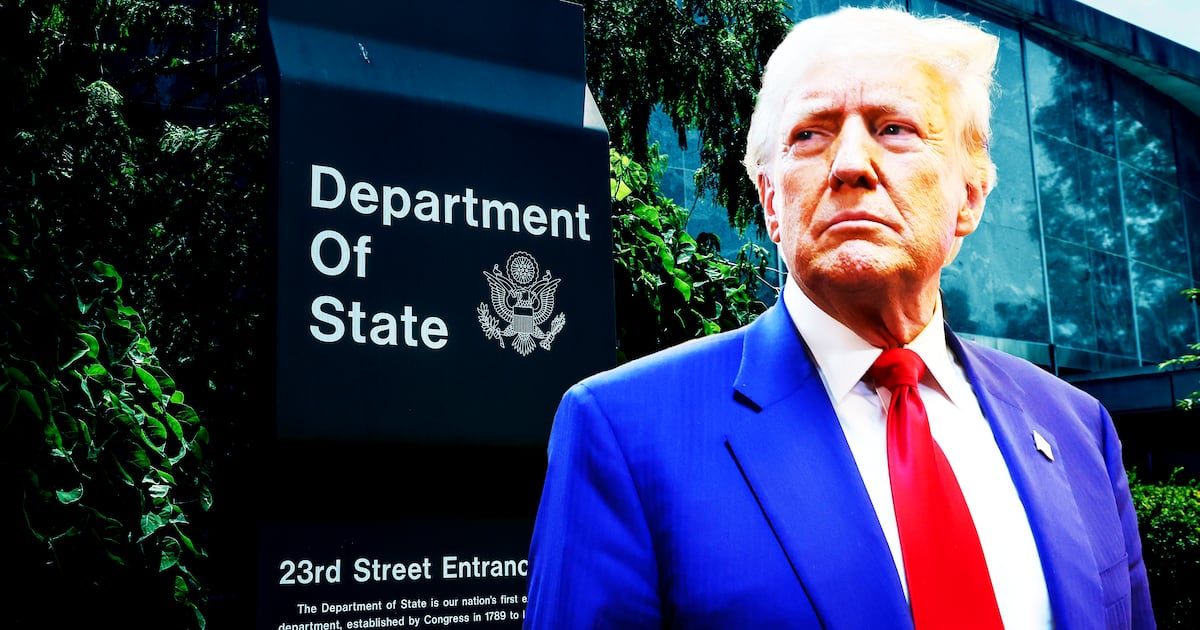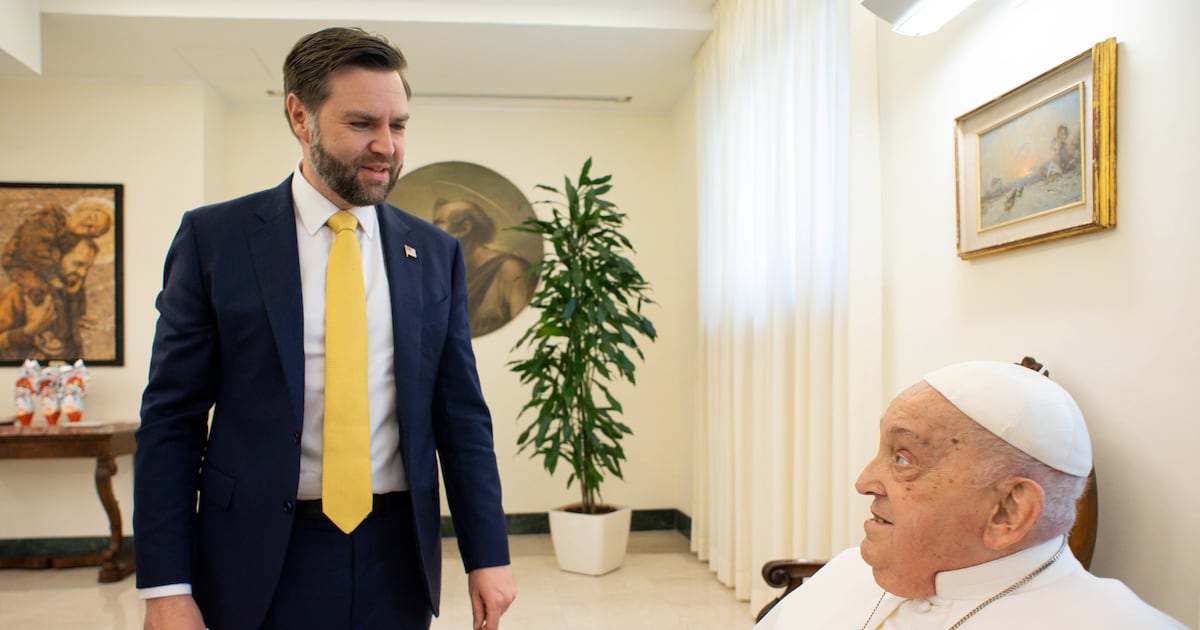The “nature loving health nuts” at Coca-Cola are rolling out their newest entry in the beverage market, and it’s not exactly what you’d expect from a mega-corporation who has made their name off a fizzy, sugary syrup that studies suggest is kicking wide the doors to diabetes.
Using the power of science, a Coke subsidiary run by a former Coke executive, is rolling out new, improved, better than ever…. Milk.
Yep, by splitting cow juice into its separate elements and then combining the good stuff whilst dumping the bad, they have doubled the protein level, increased calcium by a third, and cut the sugar by half, leading to a premium beverage, dubbed “Fairlife,” that costs almost twice as much as traditional milk. This move into healthier beverages is an attempt to plug the outflow of profits brought on by years of declining soft drink sales. The hope is this new line will make it “rain money,” as Coca-Cola North America president Sandy Douglas told an analyst conference.
This is not the first time a behemoth beverage conglomerate has released an easy to mock product line in an attempt to diversify. Here’s some of our favorite fails, just in time to brighten your day as realize your standard issue milk isn’t doing your body as good as it should.
Crystal Pepsi / Tab Clear. Released back in the early 90s, these two see-through colas were an attempt to buy into a market that suddenly equated purity with transparency, thanks in large part to a marketing campaign by no-longer-white Ivory liquid soap. Our gullibility was short lived, however, as both products were short lived, disappearing completely by 1994. This was, not coincidentally, the same era that carbonated malt liquor beverage Zima burst onto the scene.
New Coke. Any discussion of failed soda products is incomplete without the debacle that was New Coke. In 1985, the marketing geniuses at Coca-Cola decided for whatever reason to replace their flagship, namesake beverage, generations of devoted fans be damned. Unfortunately, the new recipe was nearly universally reviled, leading to the reintroduction of the OG formula under the brand name “Coca-Cola Classic.” Those with faith in the imagination of the corporate branding drones suggest to this day that the whole thing was a clever advertising ploy, but it’s unlikely they were operating on such a subliminal level. “New Coke” became “Coke II,” and finally simply disappeared in the mid-90s.
Coca-Cola Blak. Abhorrent trendy misspelling aside, Coke’s Blak soda wasn’t a terrible idea. A “premium blend” aimed at adults, with the “essence of coffee” and “uniquely invigorating.” Basically, hyper caffeinated coffee Coke. Sounds like a win, right? It rolled out domestically in April of 2006, but, alas, fell flat as a two day old open can of cola, and was discontinued in 2008.
Fruitopia. Launched in 1994, Fruitopia was a fruit flavored product with trippy names, like Strawberry Passion Awareness and Tangerine Wavelength, aimed at the youth market. Available everywhere from soda fountains to vending machines in schools and at colleges, the brand tried to plug into the subculture with “hippie poetry” and underground bands, such as The Muffs and Cocteau Twins, as well as a product placement on the Simpsons, in their $30 million initial marketing campaigns. It was met with such success that it soon rolled out sugary flavored tea varieties, and carried on until the early 2000s, when, ironically, Coke’s own Minute Maid brand cannibalized Fruitopia’s market share.
OK Soda. When research discovered in 1993 that the only word more recognizable across all the world’s languages than “Coke” was “OK,” a new product line was born. Helmed by the same marketing master who brought us New Coke, it was determined that this ubiquitously named label should aimed at the disenfranchised Generation X set, with “edgy” labels and the slogan, “Things are going to be OK.” Which, alas, wasn’t true for the optimistic upstart, which Coke pulled the plug on just months after launch.
Dasani. Okay, you’re right: They still make Dasani. But the much maligned bottled water product is absolutely worth mentioning when discussing Coke’s plunge into the “health” market. Between being marketed in the UK as “bottled spunk” and being outed as, rather than “spring water,” instead merely tap water that has undergone “reverse osmosis”—to Coke’s credit, they never implied it was anything else, though they play up the “pure” angle—the company has drawn public ire for adding ingredients and sourcing their water from intensely drought stricken areas.





